How wildlife tourism can help us coexist with carnivores
Rewilding needs apex predators – but they can cause challenges for locals. In Montana, one community is making this work.
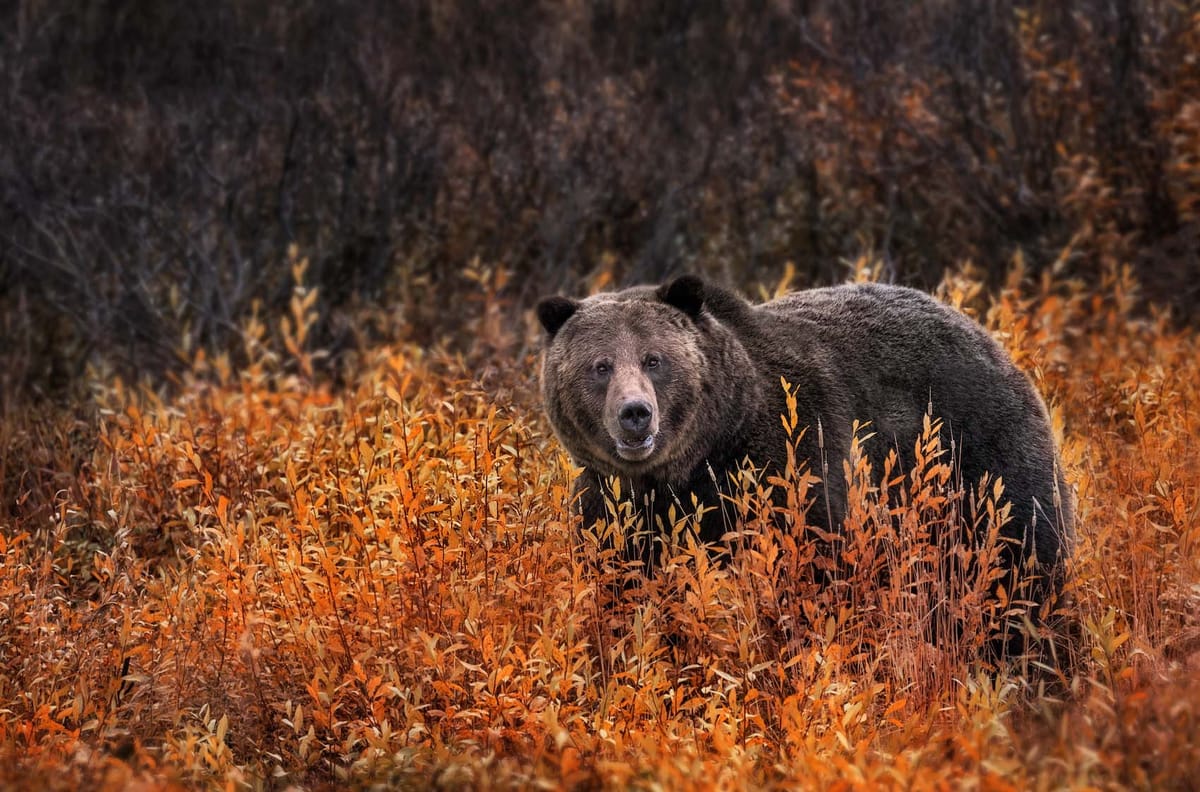
This text was excerpted with permission from the book Living with Lynx: Sharing Landscapes with Big Cats, Wolves and Bears, published by and available from Pelagic.
The crowd fell silent. A hush rippled through us. A momentary and collective sense of wonder stilled the boisterous group. Five hundred metres away, the objects of our fascination ambled into view. The grizzly bear sow strolled nonchalantly across the mountain meadow, as her cubs squabbled and wrestled behind her. She paused to dig for caraway roots between mouthfuls of grass.
One hundred metres away from the bear family, an Angus cow grazed the very same grass. Neither animal was remotely concerned with the other. It was a bucolic idyll. Almost biblical, like a scene straight out of Isaiah 11’s famous passage on carnivore coexistence.
For those watching, including myself, this was a quasi-religious experience. Although the conversation amongst the group of tourists had picked up again, its nature had changed. In the presence of such power and grace, it had taken on a reverential tone. The hush was a hallowed one. In this great cathedral of nature, silence was the only appropriate soundtrack as we beheld the greatest show on Earth.
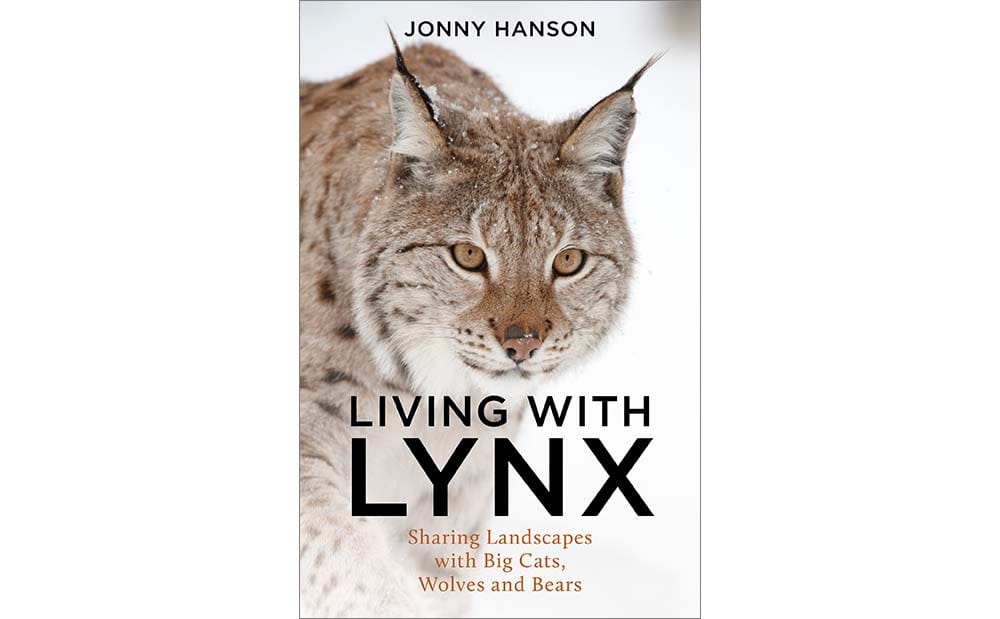
I was in Montana’s Tom Miner Basin in the northwestern United States. Dusk’s dying light cast its bright spell on the mountaintops. In this amphitheatre of awe, where the aspen blazed in all their autumn splendour, in this moment, silence was golden. Literally.
Malou Anderson Ramirez began her talk to the assembled crowd of wildlife tourists. As she had also explained to me on our tour of the ranch that afternoon, she spoke about the practical management tools they employed in the valley to allow cattle ranching and carnivore conservation to coexist. Ellery Vincent also pitched in to explain what a range rider was and why her role was so crucial to maintaining the delicate balance in the basin. The engaged audience of agricultural extension agents from across the USA asked technical questions about GPS-enabled livestock tags and the like.
But most of all, Malou spoke passionately about the philosophy that underpinned these practical efforts. Of the need to share the land with wildlife. Of the need to share the land with each other. Of the need for humility throughout.
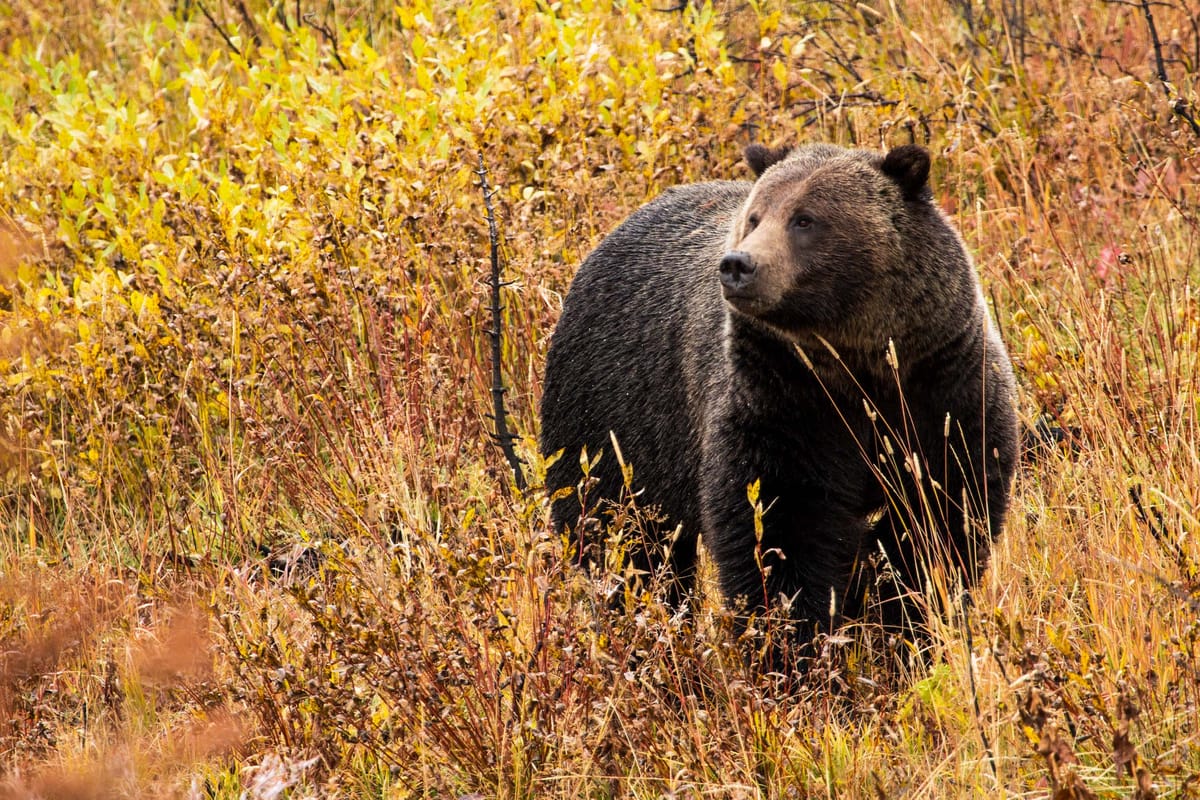
“You’re like a Mountain West version of Wendell Berry,” I’d remarked earlier.
She laughed and admitted that this wasn’t the first time the parallel had been drawn.
“Him and Aldo Leopold!”
Like Berry, Malou questioned the status quo and lived its alternative.
Like Leopold, she thought like the mountains she lived amongst.
But philosophy alone is not enough to pay the bills and put food on the table. Malou was also a wildlife tourism entrepreneur.
Wildlife tourism is “the experiencing of wildlife by tourists,” as one straightforward definition puts it.
As important as books and films are for connecting us to other species, people and places, there’s no substitute for experiencing them firsthand. Like the group tour in the Tom Miner Basin, that experience can be profound. And for profound experiences that provide us with authentic connection to the world around us, people are willing to pay top dollar. In fact, in an age of artificial intelligence, authentic connections like these will become more, not less, valuable.
Money talks in wildlife tourism. By one estimate, grey wolf–related spending in the Greater Yellowstone Ecosystem adds over US$45 million to the local economy every year. Given the crowds of wolfwatchers in the national park’s Lamar valley that I’d encountered that morning, I could well believe it. Grizzly bear-related tourism generates millions more, though there is much overlap between the two.
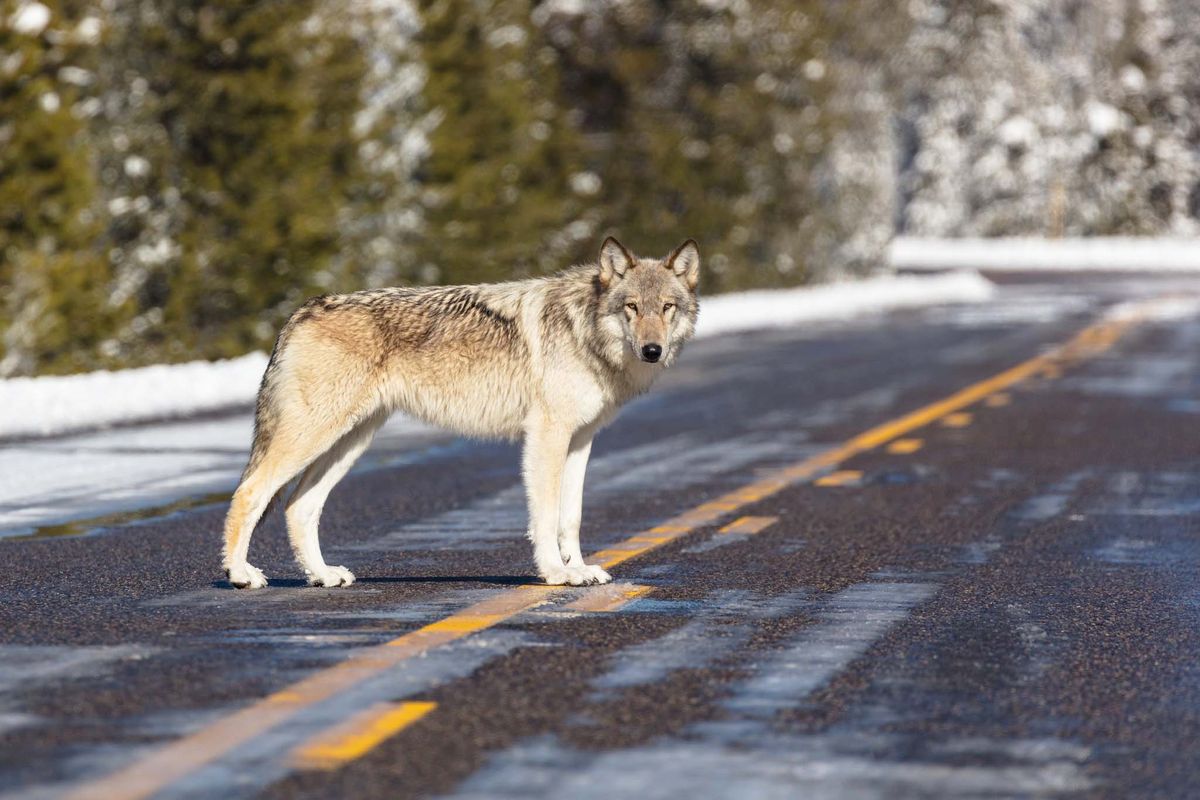
We put our money where our mouth is and pay for the things that we value. Our animal spirits roar. And, increasingly, we value having large carnivores remaining in or even returning to our landscapes.
But there is often a cost attached to this, and it is often borne by those least keen on the presence or return of these species. Deterrence, finance and force are among the tools that can be used to manage the risks associated with reconciling livestock farming and predator conservation. In summary, these are reactive methods that try to prevent bad things from happening, and then try to fix them when they, inevitably, do.
By contrast, enterprise methods see potential from the presence of predators, not just problems. They see opportunities to generate income, mainly through tourism but also, as we’ll consider later in the chapter, from hunting and even from predator-friendly livestock certification schemes. And all of them work by trying to put a value on large carnivores, in the process turning them from liabilities into assets.
So surely an approach like tourism that allows direct value to be captured and revenue to be generated from the presence of predators, and is less morally fraught and contentious than hunting them, is an unalloyed good? In principle, yes. In practice, there are a number of factors that need to be considered.
Firstly, wildlife tourism can be a victim of its own success. Outside of San Francisco, the traffic in Yellowstone was among the most congested I encountered on my entire 2,700-mile USA research road trip. Wherever there was wildlife, traffic jams ensued. And I was there in early October. What it’s like in July or August I dread to think.
At the same time, roads give easy access to the park for people who otherwise couldn’t or wouldn’t experience places or species like this. And away from the main trunk roads, nature still reigns supreme.
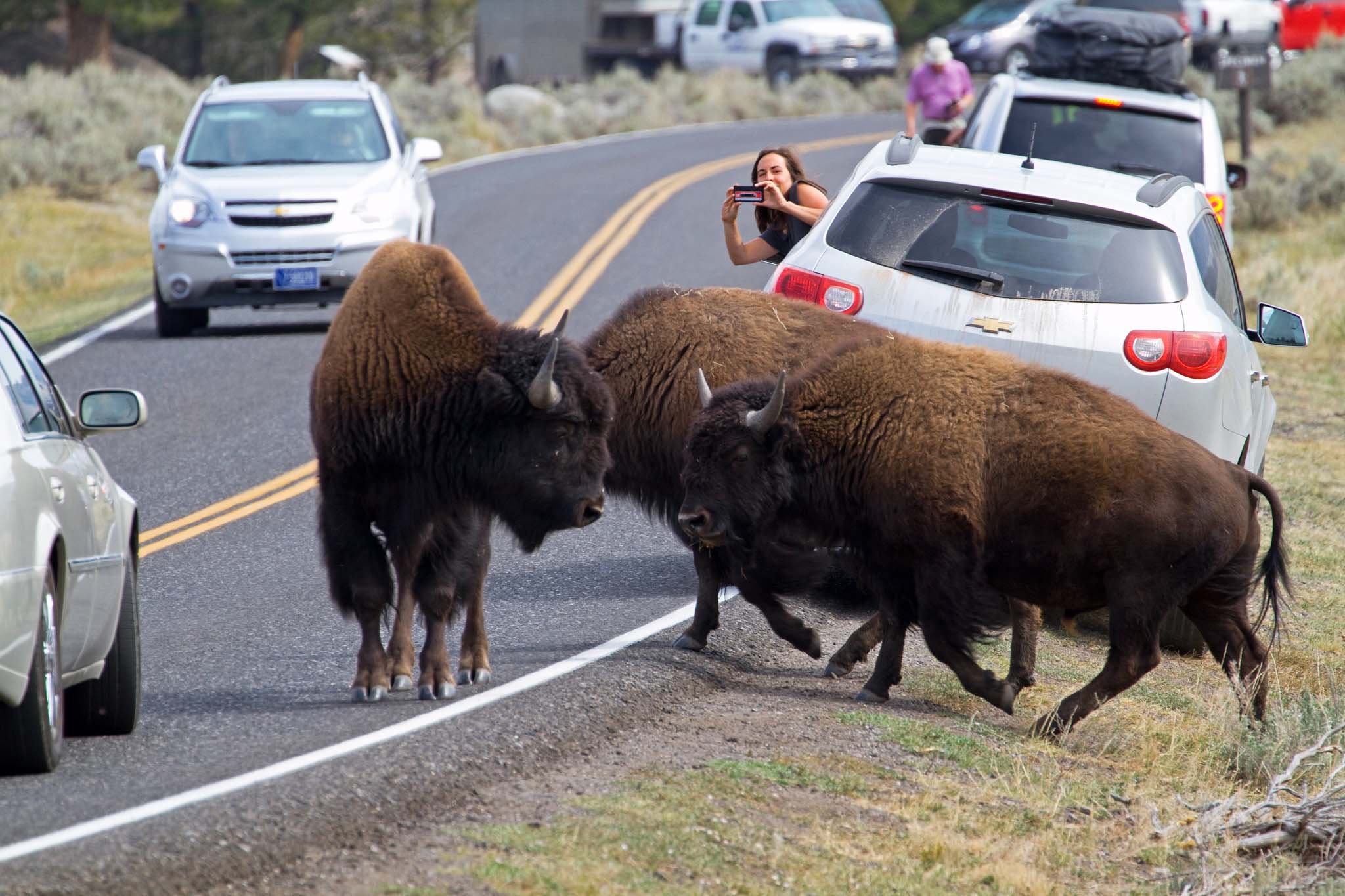
In the Tom Miner Basin, word had slowly filtered out that the spot we were standing on was a superb – and free – viewing spot for bears. Over recent years the number of tourists had steadily increased. The association of ranches in the valley, the Tom Miner Basin Association (TMBA), put up a sign to educate tourists about bear biology, conservation and safety, and to elicit donations. Range riders like Ellery were even tasked with educating visitors about safely and respectfully engaging with grizzlies.
Because we humans have a tendency to do dumb things. I heard one story of a group that set up a full commercial kitchen at the viewing spot in order to cater for a corporate function. Under the Montana sky, a full steak dinner was served to patrons. Never mind that they were in the middle of a valley with one of the highest densities of grizzly bears in North America. Never mind that this species is, along with the polar bear, the largest land carnivore in existence. Never mind that this large land carnivore can outrun a horse over a short distance and has one of the most powerful senses of smell in the entire animal kingdom. Never mind all of that.
Thankfully, no grizzlies crashed the party. Otherwise and inadvertently, there may have been a different cut of meat on the menu entirely. But it goes to show that common sense is not that common. And with wildlife tourism, especially where large carnivores are involved, common sense is needed to protect all involved, people and predator alike.
Secondly, wildlife tourism needs to be directly connected to those paying the price for coexisting with carnivores. A frequent refrain when I discussed the potential of tourism connected to carnivore reintroductions with farming leaders in Britain and Ireland was that any such income generation needed to directly benefit those whose land the animals were on, and especially those losing livestock to the species in question. It’s a fair point.
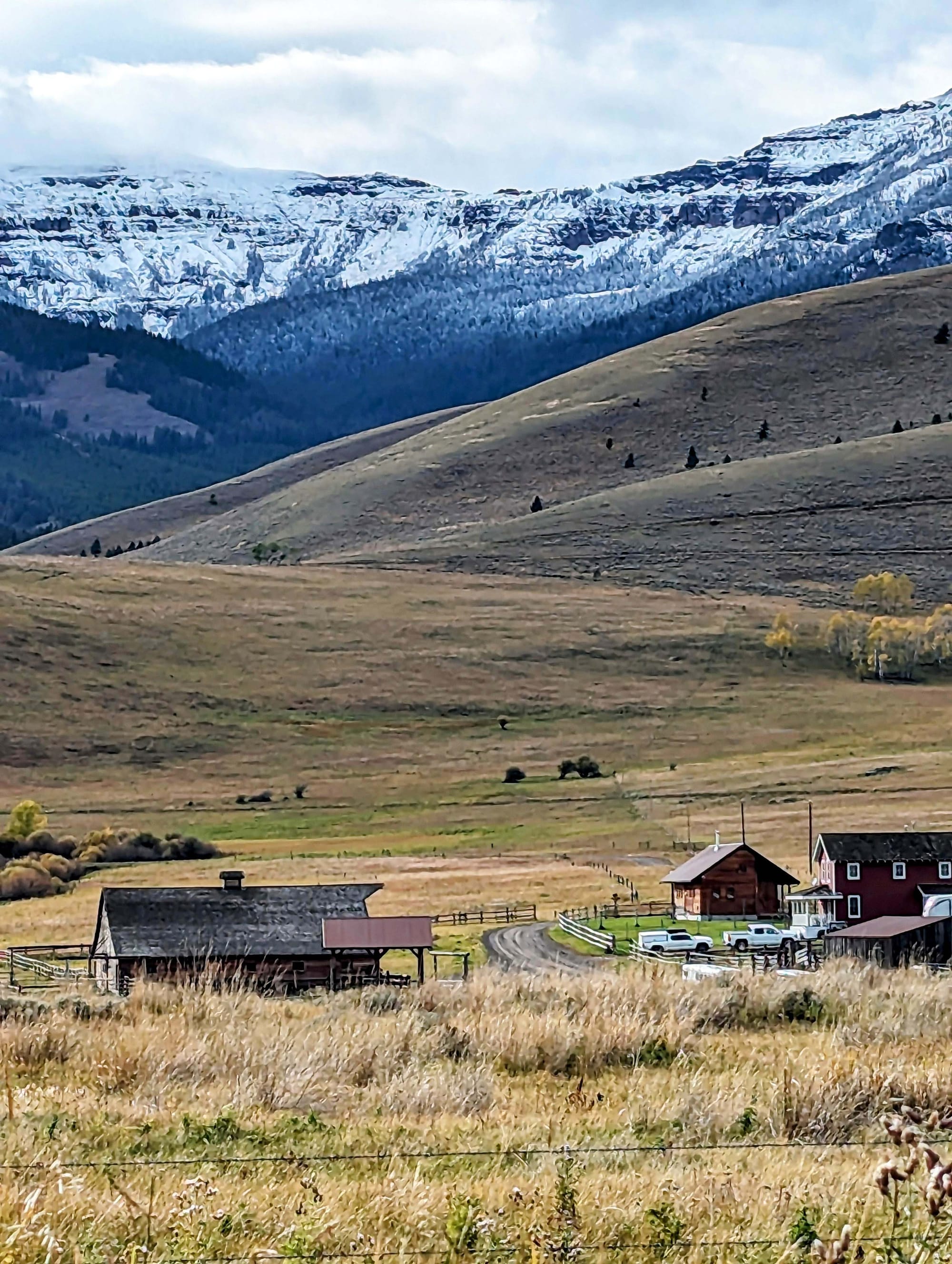
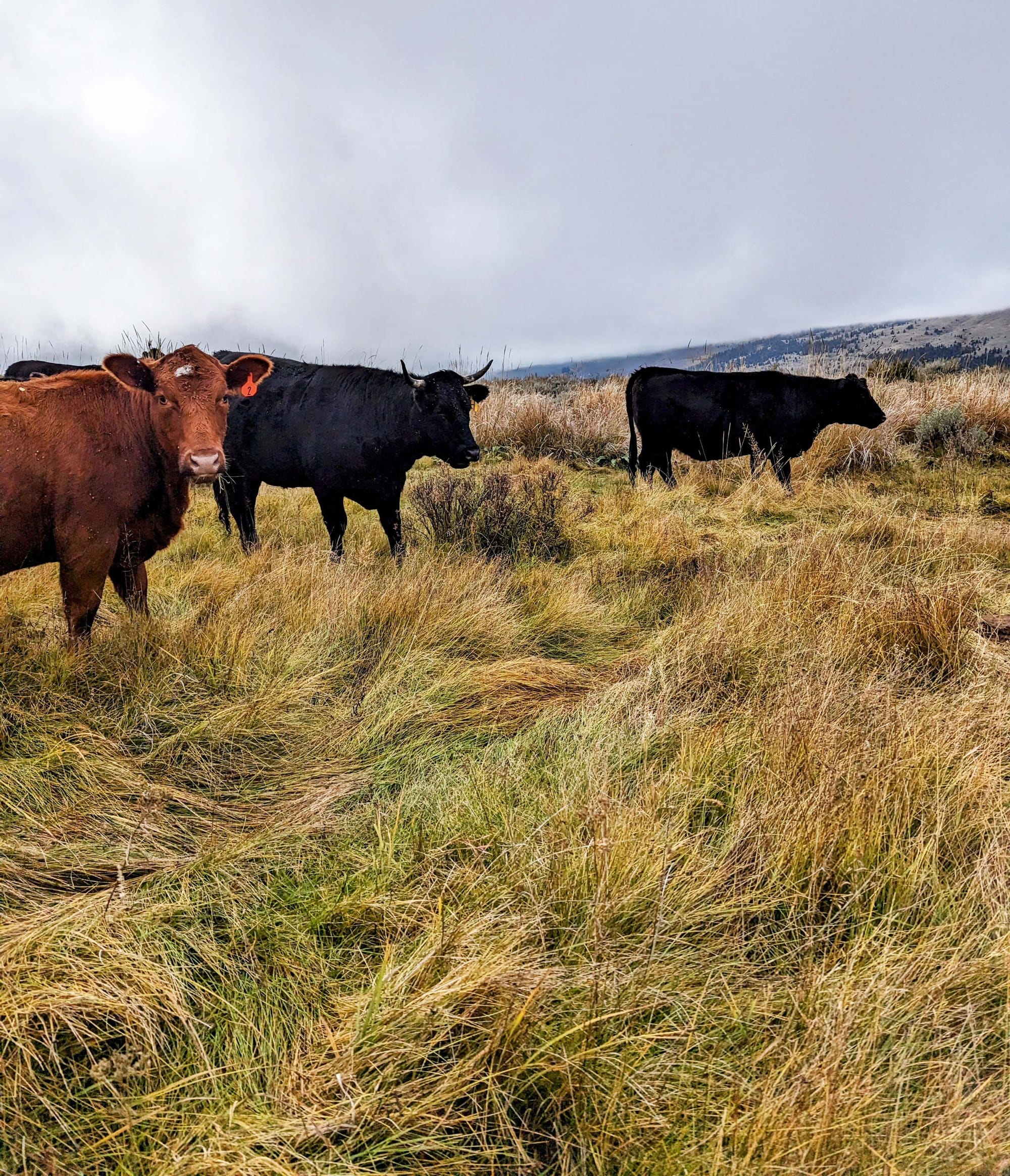
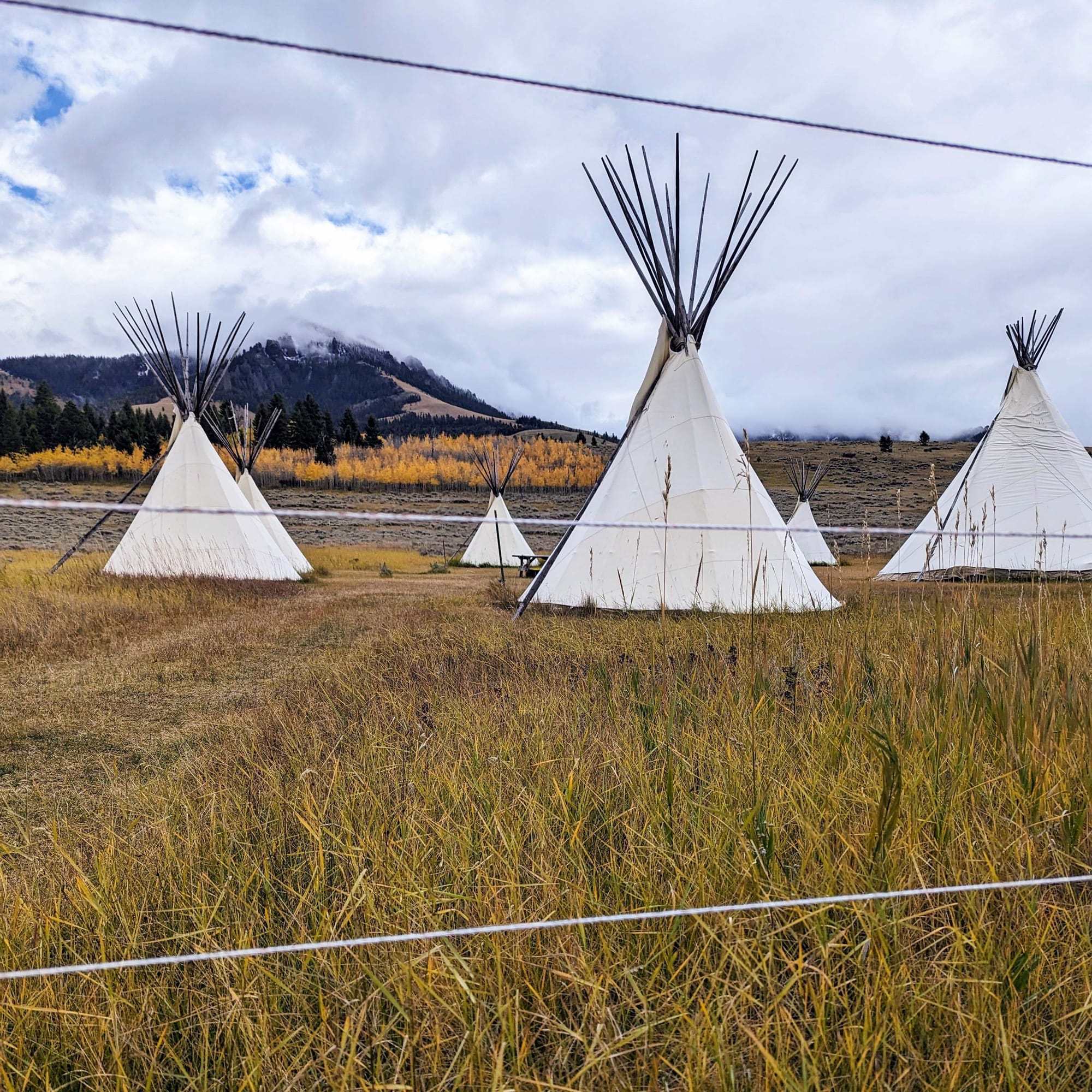
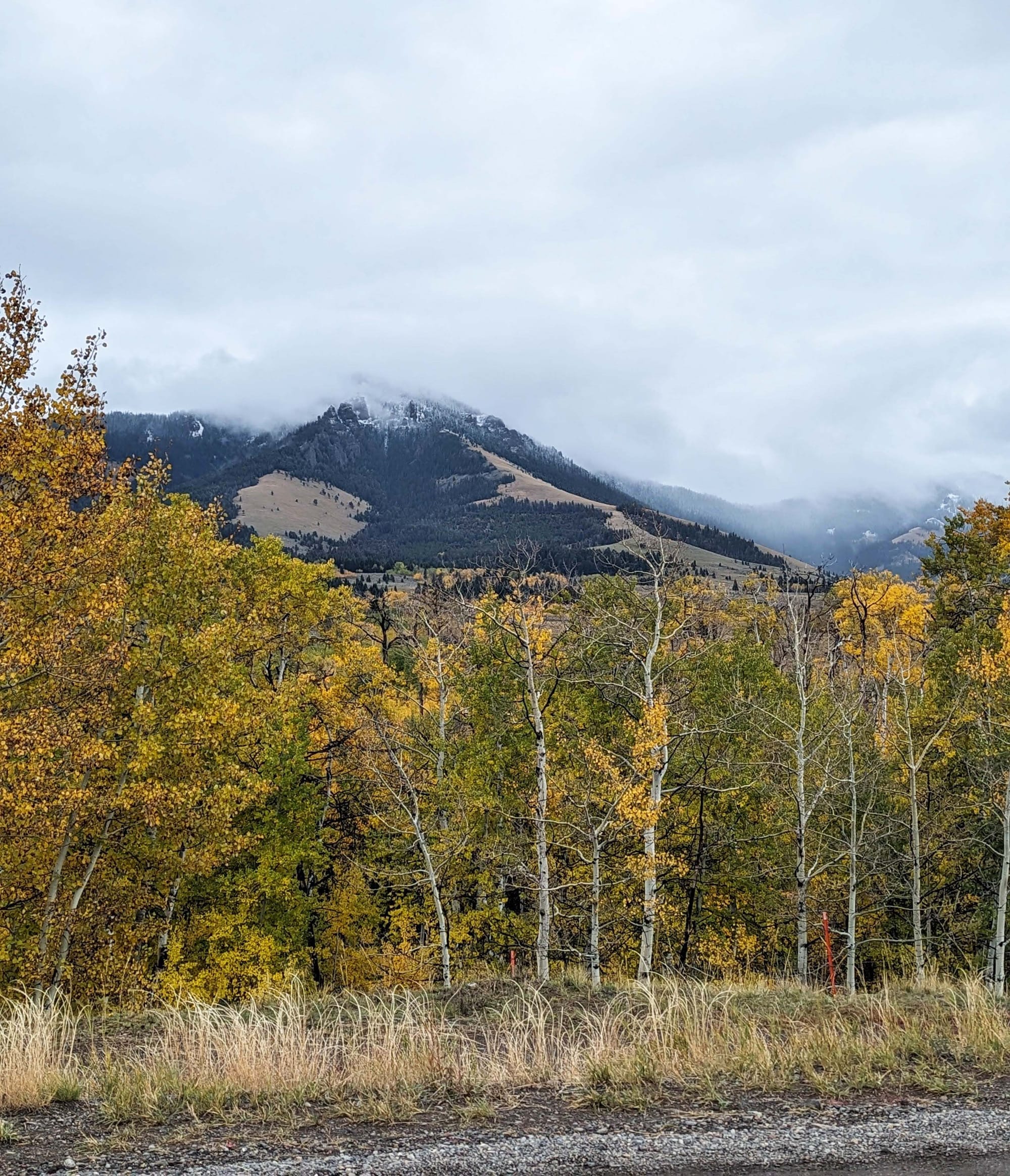
Scenes from Tom Miner Basin. Photos: Jonny Hanson.
In Montana, the TMBA has created some sort of shared value from grizzly tourism by establishing the organization in the first place. As well as providing a degree of collective herd management, through shared funding of range rider positions like Ellery’s, and a donation box at the viewing site, the association also charged fees for talks to tourist groups that Malou regularly delivered year-round. This didn’t preclude individual enterprise either. Malou’s family run a reconciliation and dialogue facility and retreat on their ranch. Surrounded by multistrand bear-proof electric fencing, the tipi circle was a place where groups could come and stay as they ironed out tough issues together. Maybe being surrounded by grizzly bears while staying in tents helps focus minds and makes other matters seem less consequential by comparison.
Wildlife tourism is never perfect. There are always trade-offs between conservation, animal welfare, profitability and visitor satisfaction. Nevertheless, it is among the most powerful practical methods for maintaining large carnivores in landscapes, and for funding the costs of coexisting with them.
Back at the viewing point in the Tom Miner Basin, we could see a huge male grizzly bear stroll out of a distant aspen grove and into the mountain meadow. Another hush rippled through the crowd of wildlife tourists. Dusk fell. On this hallowed ground, silence was again the only appropriate soundtrack. On this fine autumn evening, in this amphitheatre of awe, silence was golden indeed.




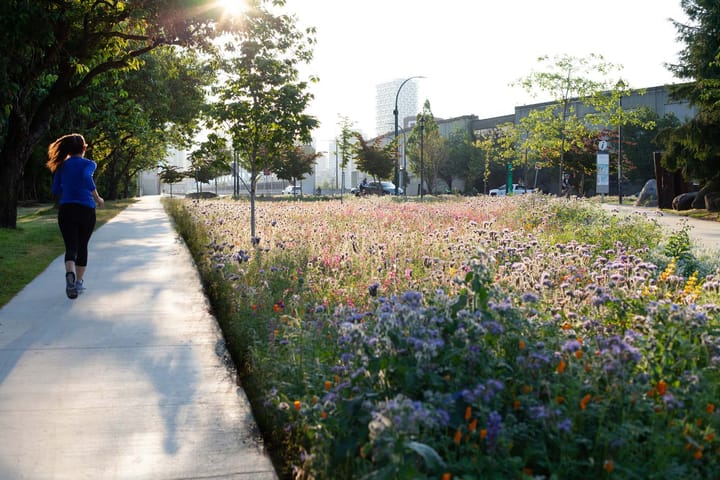

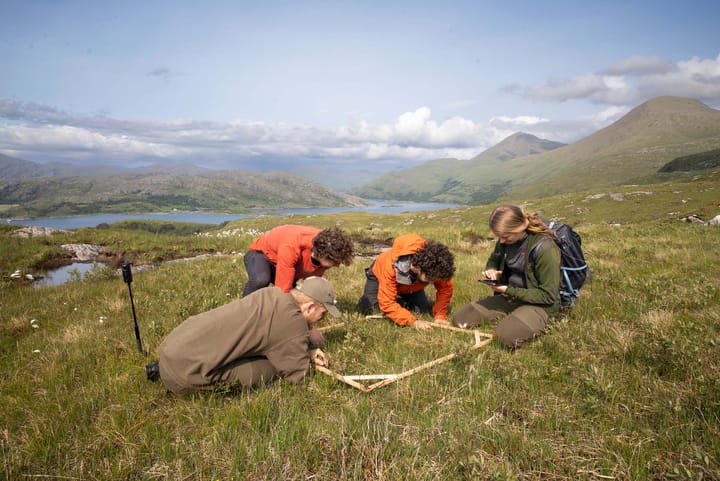



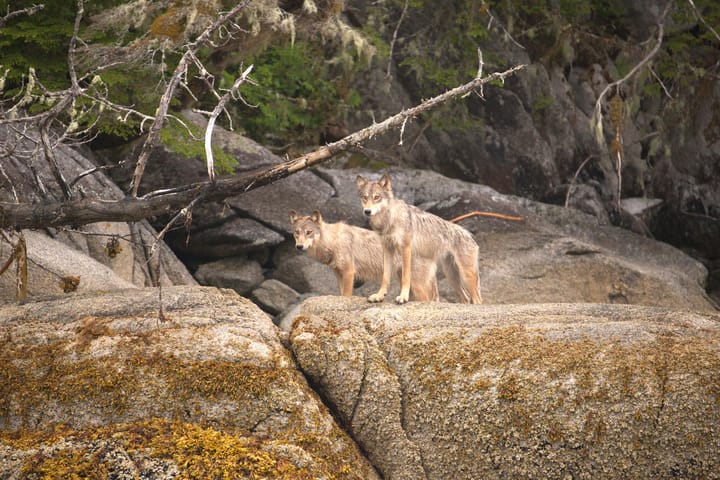
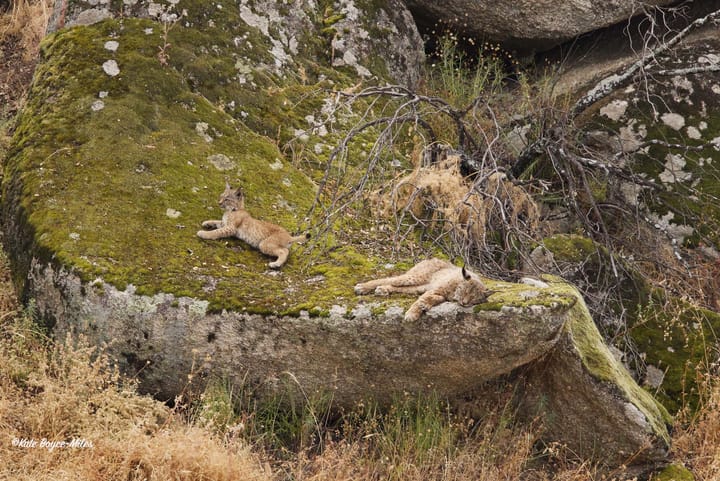
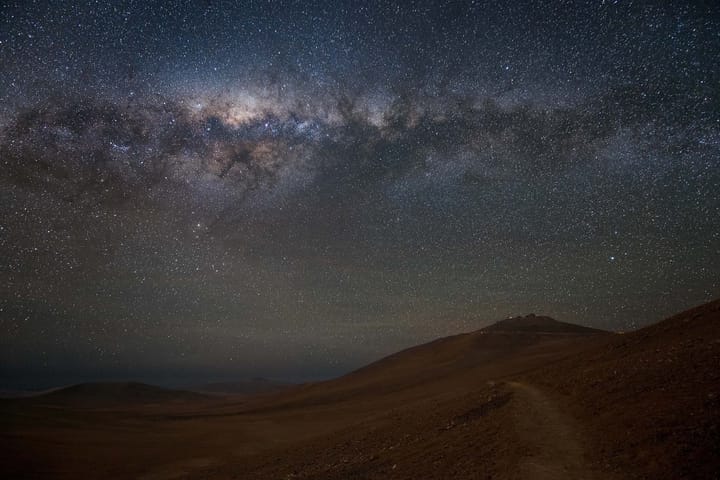

Comments ()